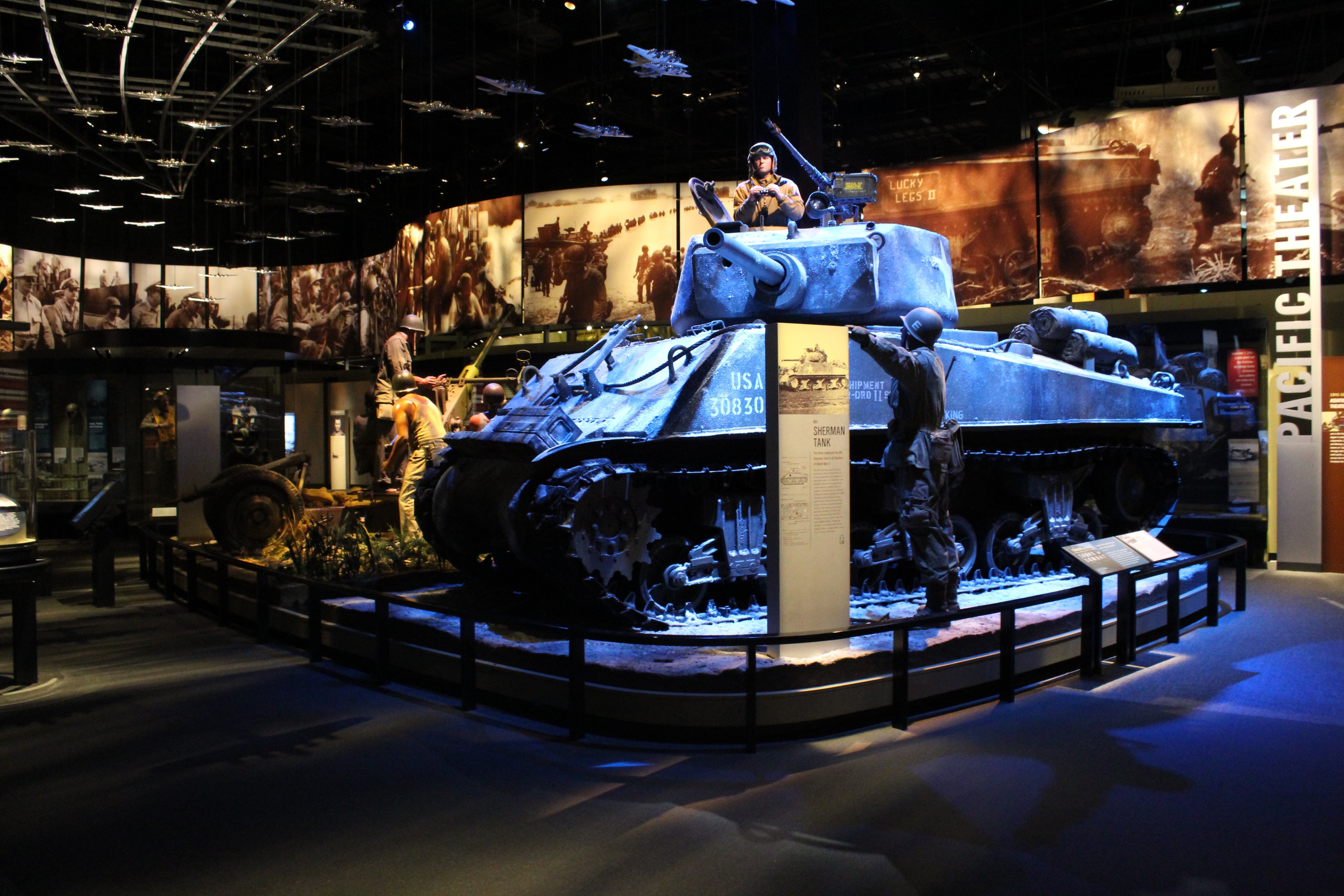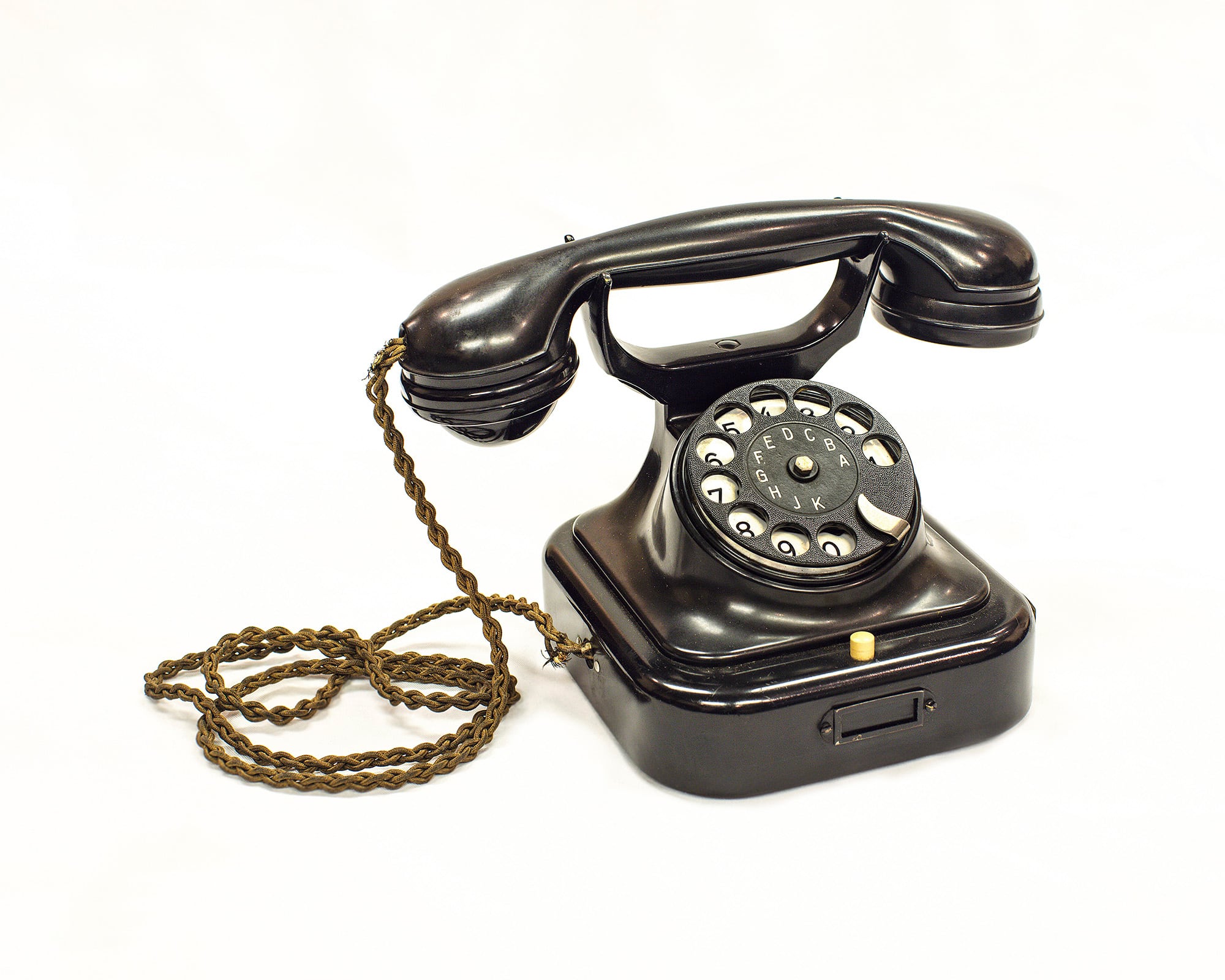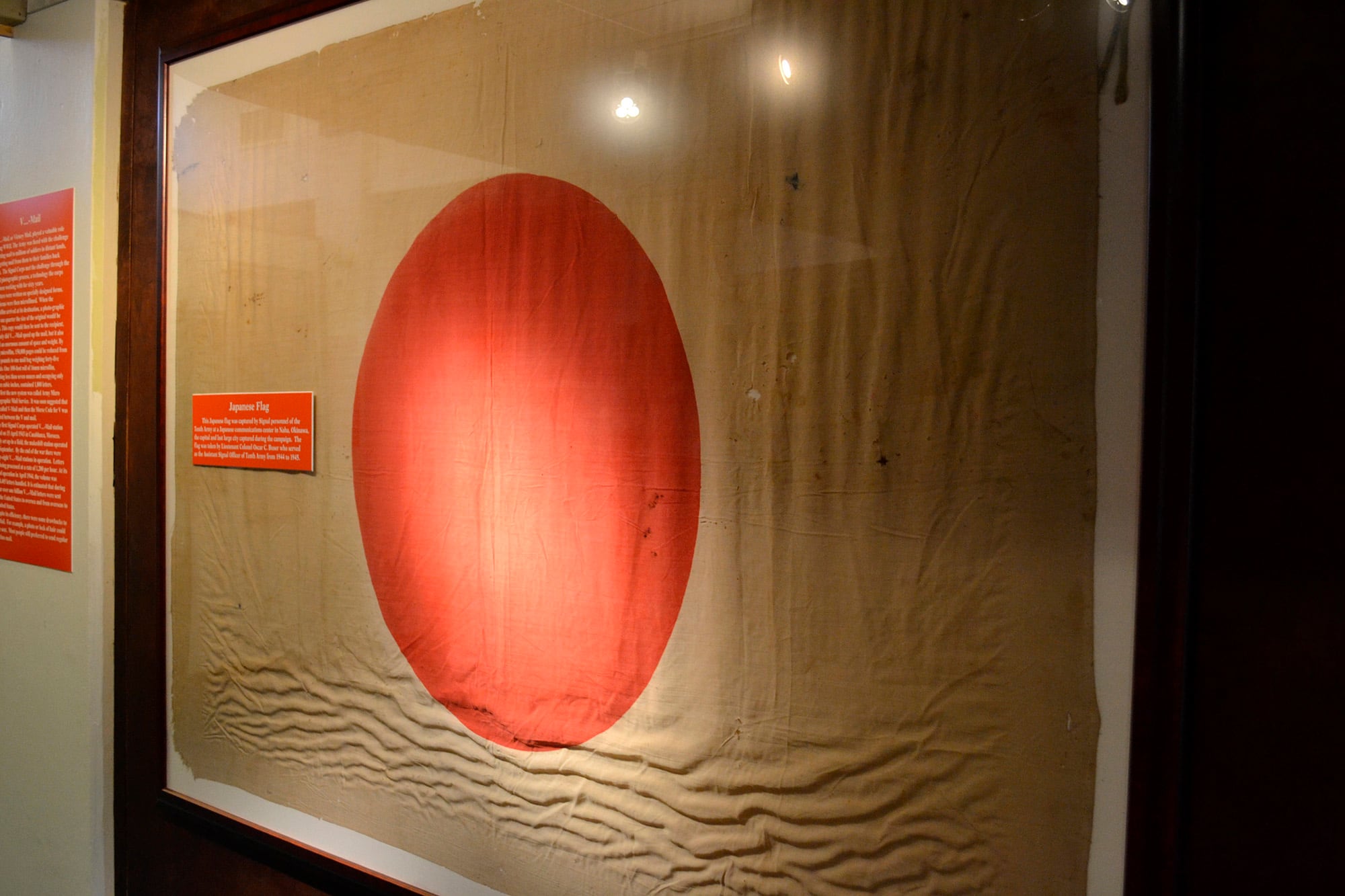AUGUSTA, Ga. — A common U.S. Army combat order is to “secure the objective.”
That’s exactly what Fort Gordon’s museum is fighting to do – to keep irreplaceable pieces of Signal Corps history from leaving Augusta forever.
The U.S. Army Signal Corps Museum at Fort Gordon officially closed in February with a casing ceremony held at the installation.
“The Army is making its decision in May or June,” said Amy Tuschen, executive director of the Fort Gordon Historical Museum Society. “They’re already packing everything up. By May or June, in the next 60 days max, they’re going to decide whether they’re going to keep the artifacts here.”
RELATED

Adolf Hitler’s telephone was taken from his private library as Allied troops liberated Berlin in 1945. The phone currently belongs to the Fort Gordon Historical Museum.
The trove of artifacts includes Adolf Hitler’s telephone, taken from his personal library in the Reich Chancellery when Allied troops liberated Berlin in 1945; and Oscar statuettes that the Signal Corps won for documentaries in 1942, 1946 and 1948.
“Just unique, can’t-find-in-other-places types of things,” Tuschen said.

“Secure the objective” means buying the former National Science Center building near the fort’s Gate 1, where the center operated from 1981 to 1997.
The museum’s fundraising target is $4.5 million.
“If we get even half of that we can secure the building but that will help us get things ready and moved,” Tuschen said. “It’s actually owned by a veteran who is willing to help our cause by dropping the price a bit if we can show in good faith that we’re able to purchase it.”
The U.S. Army Signal Corps dates to 1860, but its connection to Fort Gordon began in 1948, when a Signal Corps training center was established at then-Camp Gordon. In 1974, the Army moved its main Signal School to Fort Gordon from Fort Monmouth in New Jersey.

Several factors played into closing Fort Gordon’s museum. One is the mushrooming growth spurred by locating the U.S. Army Cyber Command there. New construction around the fort’s Signal Towers is forcing out space for the museum.
Also, the Army “as a whole is not in the museum business anymore,” Tuschen said. Instead, it partners with nonprofits to keep museums running at installations such as Georgia’s Fort Stewart in Hinesville, Fort Campbell in Kentucky and Fort Hood in Texas.
“Eventually the intent is for our nonprofit to get the building, secure that, then they’d be able to use the artifacts and it would be proffered to the Army so that they could still provide organizational support,” she said.
The web address SecureOurStory.org, which directs visitors to the museum’s webpage, lists the many ways donors can contribute, including PayPal and Venmo.
The Army is expected to render a decision in the next month or two on whether the museum’s artifacts should stay at Fort Gordon. Otherwise, they could be shipped off to other installations.
“So that’s why we’re at risk of losing having the main things here,” Tuschen said. “If they get into the Army inventory they could potentially not be back here.”





